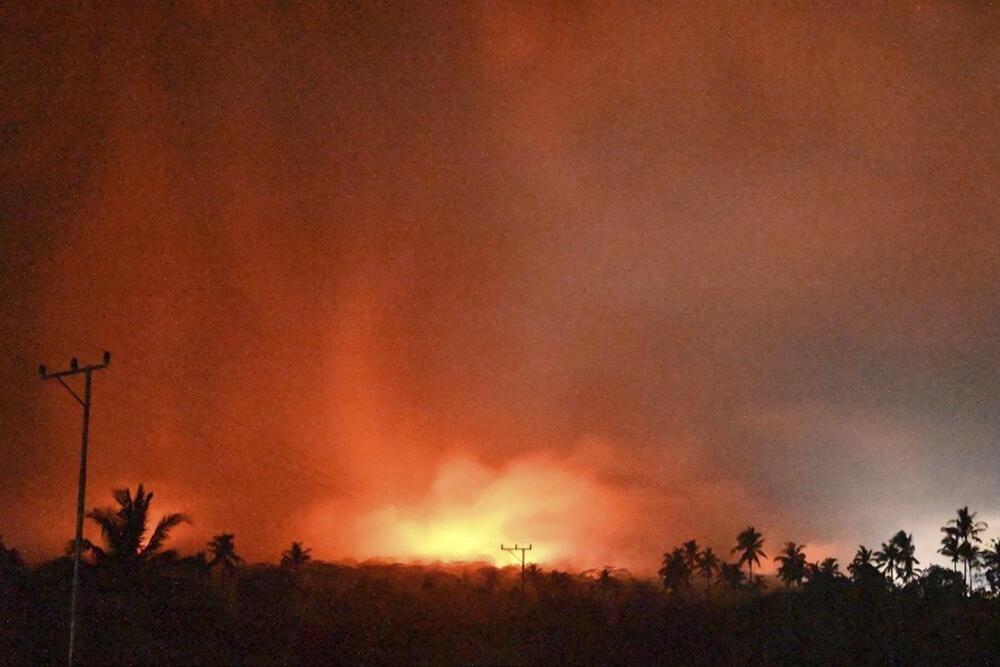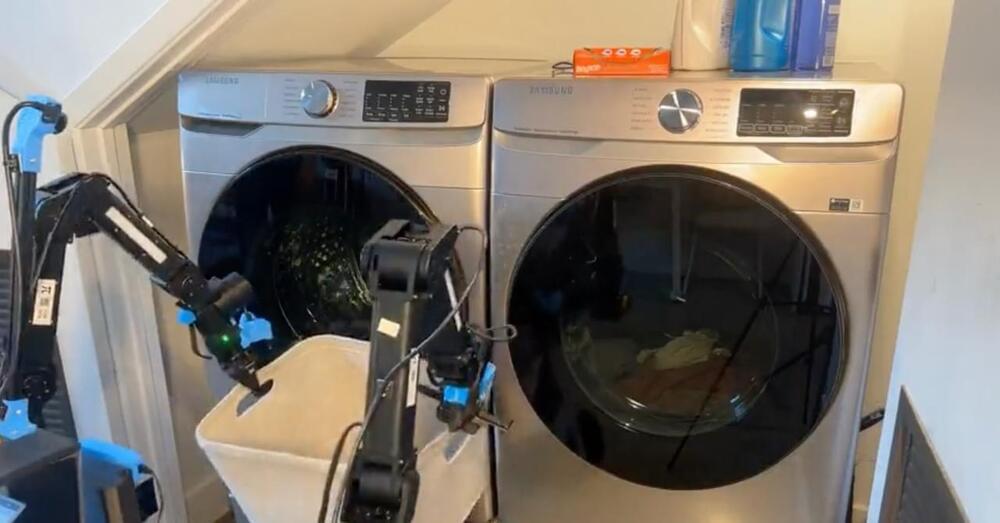From superorganisms to superintelligences, how studying crabs could reveal that we are unintentionally building an artificial world brain.
Category: habitats – Page 10
What SpaceX Gwynne Shotwell just declared before the Starship Flight 6 launch is mind-blowing
Gwynne Shotwell discusses the transformative potential of SpaceX’s Starship program for space exploration and colonization, emphasizing its upcoming Flight 6, the importance of Starlink for revenue, and the integration of Tesla technologies for sustainable human habitats on Mars Questions to inspire discussion Launch.
Study shows bats have acoustic cognitive maps
This finding, published in Science, was demonstrated by researchers from the Max Planck Institute of Animal Behavior, the Cluster of Excellence Center for the Advanced Study of Collective Behavior at the University of Konstanz, Germany, Tel Aviv University, and the Hebrew University of Jerusalem, Israel.
Would you be able to instantly recognize your location and find your way home from any random point within a three-kilometer radius, in complete darkness, with only a flashlight to guide you?
Echolocating bats face a similar challenge, with a local and directed beam of sound—their echolocation —to guide their way. Bats have long been known for their use of echolocation to avoid obstacles and orient themselves.

Could Alien Life Thrive Without a Home Planet? Study Suggests Self-Sustaining Habitats May Be Possible Beyond Earth
However, Dr. Robin Wordsworth of Harvard University and Dr. Charles S. Cockell of the University of Edinburgh argue that this focus has left unexplored possibilities for life in environments that don’t resemble our own.
In a preprint paper accepted for publication in the journal Astrobiology, researchers challenge conventional assumptions about extraterrestrial life and explore the feasibility of life existing in structures created by living organisms themselves.
As researchers suggest, life-supporting conditions created solely by biological structures could indeed exist, making it entirely possible for some forms of life to thrive in space habitats vastly different from those on Earth.


Volcano eruption claims 10 lives, forces thousands to flee
At least 10 people including a child have died in Indonesia following a series of powerful volcanic eruptions that destroyed homes and a Catholic convent, authorities said.
The eruptions, originating from Mount Lewotobi Laki Laki, hit the remote island of Flores on Monday, according the country’s National Disaster Management Agency.
They began around midnight, sending thick plumes of ash up to 6,500 feet into the atmosphere and depositing hot ash on several nearby villages.

This Is a Glimpse of the Future of AI Robots
Pick and place bots autonomously doing household chores. Progress! 🦾🤖
The idea of a robot that does a wide range of household chores, from unloading the dryer to folding laundry to cleaning up a messy table, has long seemed like pure science fiction—perhaps most famously embodied by the 1960s fantasy that was Rosey in The Jetsons.
Physical Intelligence, a startup in San Francisco, has shown that such a dream might actually not be so far off, demonstrating a single artificial intelligence model that has learned to do a wide range of useful home chores—including all of the above—by being trained on an unprecedented amount of data.
The feat raises the prospect of bringing something as magical and generally capable as other AI models like ChatGPT into the physical world.

This Sponge Captures the Teeny Bits of Gold in Electronic Waste
A self-building sponge that efficiently collects gold could eliminate some harsh methods used to process e-waste.
By Ben Guarino

Engineered bacterial protein offers efficient rare earth metal separation
A newly discovered protein naturally houses an unusual binding site that can differentiate between rare earth elements, and researchers at Penn State have made it even better. Rare earth elements are key components used in everything from modern tech to gasoline production. The protein, called LanD, enriches neodymium and praseodymium over other similar rare earth elements (REEs) and has the potential to revolutionize industrial mining, researchers said.

Logicure™ (@logicure) • Instagram reel
27K likes, — logicure on October 3, 2024: Ballie is a soccer ball-sized, yellow, spherical AI-powered robot created by Samsung Electronics that can navigate homes and perform tasks such as controlling smart home devices, projecting images, and communicating with users.
Ballie was first introduced at CES 2020 and an upgraded version was unveiled at CES 2024.
Follow @logicure for more amazing content.